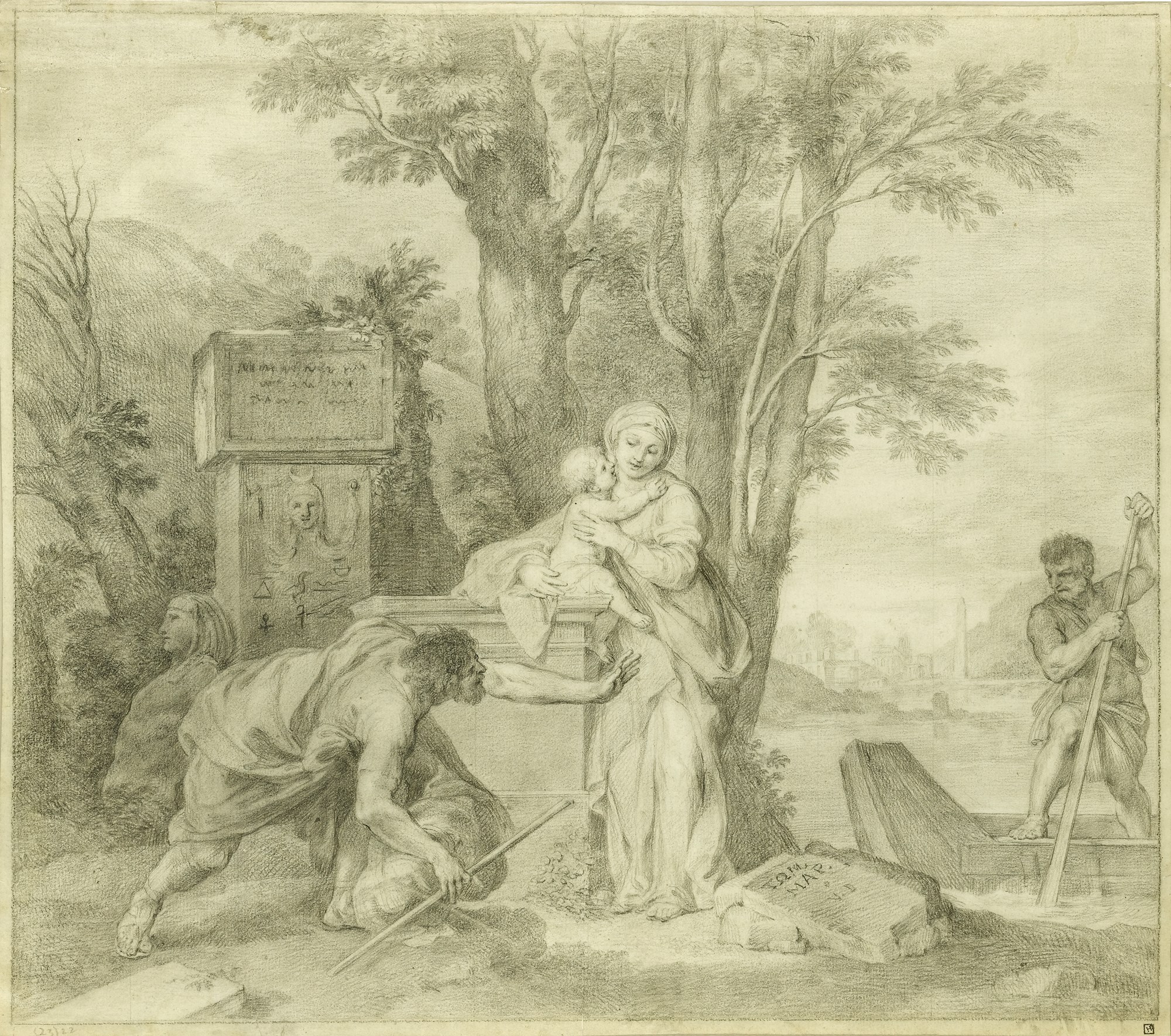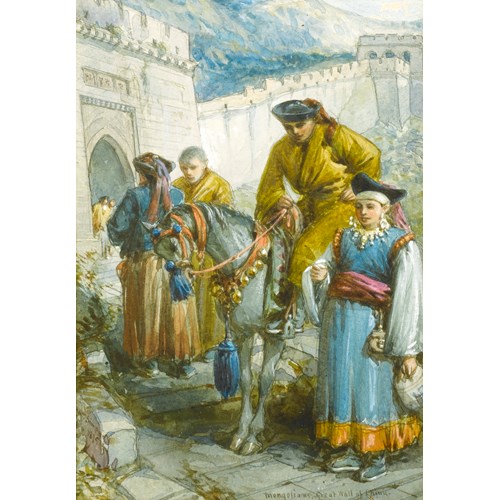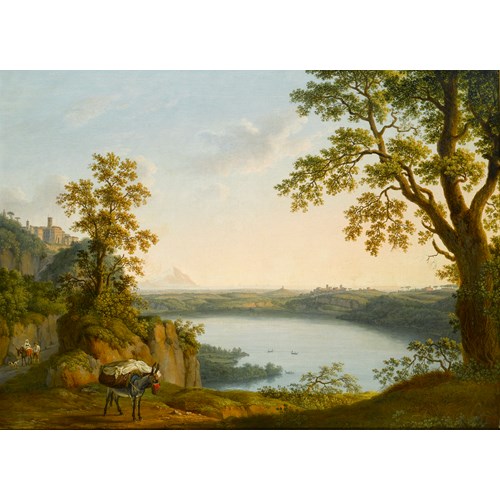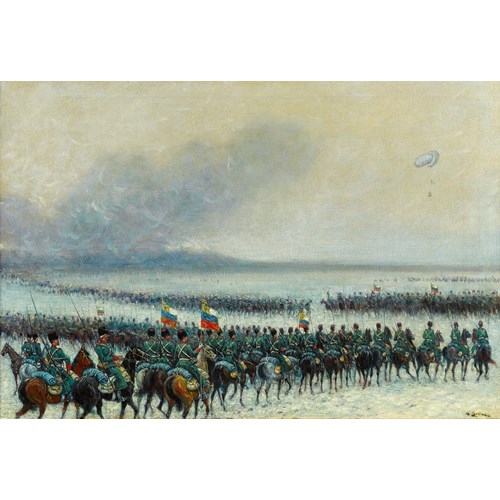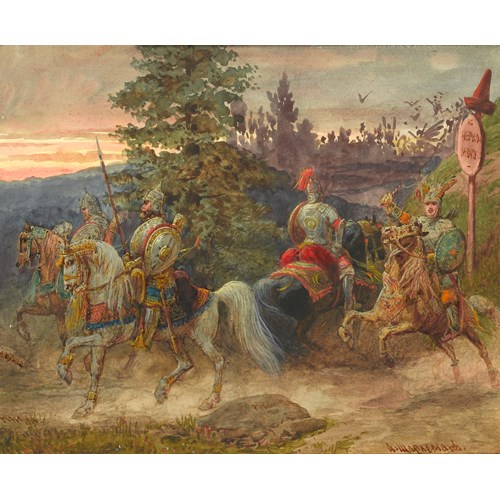Tomasso Maria Conca
The Rest on the Flight into Egypt
Period 1750-1850, 18th century, 19th century
Origin Italy
Medium Black chalk
Dimension 45.9 x 51.8 cm (18¹/₈ x 20³/₈ inches)
The Rest on the Flight into Egypt, although one of the few works that Conca attempted with a biblical subject matter, is characteristic of his work in its concision and balance of composition, a prominent feature of his other drawings such as The Finding of Moses. In the present work the Virgin and Child are bathed and highlighted by a soft light. The inward movement of both Joseph and the boatman helps direct our attention to mother and child. Similarly, in The Finding of Moses, the figures, which are arranged in a frieze-like manner, create a sense of movement which leads to, in this case, Bithiah, daughter of the Pharaoh of Egypt, who receives the infant Moses in her arms. The narrative, although slightly more complicated, is immediately discernable. The baby has clearly been lifted from the basket that lies on the ground, and the attention given to the child by the surrounding figures confirms his importance. In both works, the figures have a similar sculptural solidity; their movements and contours are firm and definite, with heavy drapery, defined by deep, shadowed folds. In The Finding of Moses, again the setting is conveyed with Egyptian architectural detail.
Conca was the pupil of both his father Giovanni Conca (b. c.1690), as well as his more famous uncle Sebastiano Conca (1728-1779). By 1770, Conca was in Rome and working in the orbit of Anton Raphael Mengs (1728-1779), and possibly on the decoration of the Coffee House in Villa Albani. Conca went on to become one of the better known decorators of the late eighteenth and early nineteenth centuries. His early works reflect a degree of research which gained him a prominent position as a late Rococo artist and exponent of nascent neo-Classicism. In 1775, having been commissioned by Prince Marcantonio Borghese, he started working at the Villa Borghese, notably in the Sala Egizia which is concerned with the evocation of ancient Egypt. In 1786 he decorated the Sala delle Muse at the Museo Pio-Clementino in the Vatican Palace, and the dome of the cathedral of Città di Castello. These important fresco cycles established Conca as one of the most outstanding figures in the sphere of Roman neo-Classicism. His work was usually of mythological subjects, treated in the tradition of the Carracci, whose influence is evident in the head of the boatman in The Rest on the Flight into Egypt. In 1770 Conca was elected to the Accademia di San Lucca, and in 1793 he became principe. His son Giacomo was also a painter, and executed his designs for the Egyptian Room in the Palazzo Lignani-Marchesani.
¹ See S. Rudolph (ed.), La pittura del 1700 a Roma, Milan 1983, no. 199.
Period: 1750-1850, 18th century, 19th century
Origin: Italy
Medium: Black chalk
Signature: Signed with the artist’s abbreviated first names in black chalk on the fallen stone ‘TÙM. / MAP / V.D.’ (lower right).
Dimension: 45.9 x 51.8 cm (18¹/₈ x 20³/₈ inches)
Provenance: with Crispian Riley-Smith, London;
acquired in 2001 by Jeffrey E. Horvitz.
Literature: Louis Gauffier: Le Repos en Égypt, exhibition catalogue, Musées de Poitiers, 2015, p.38, fig. 12.
More artworks from the Gallery


